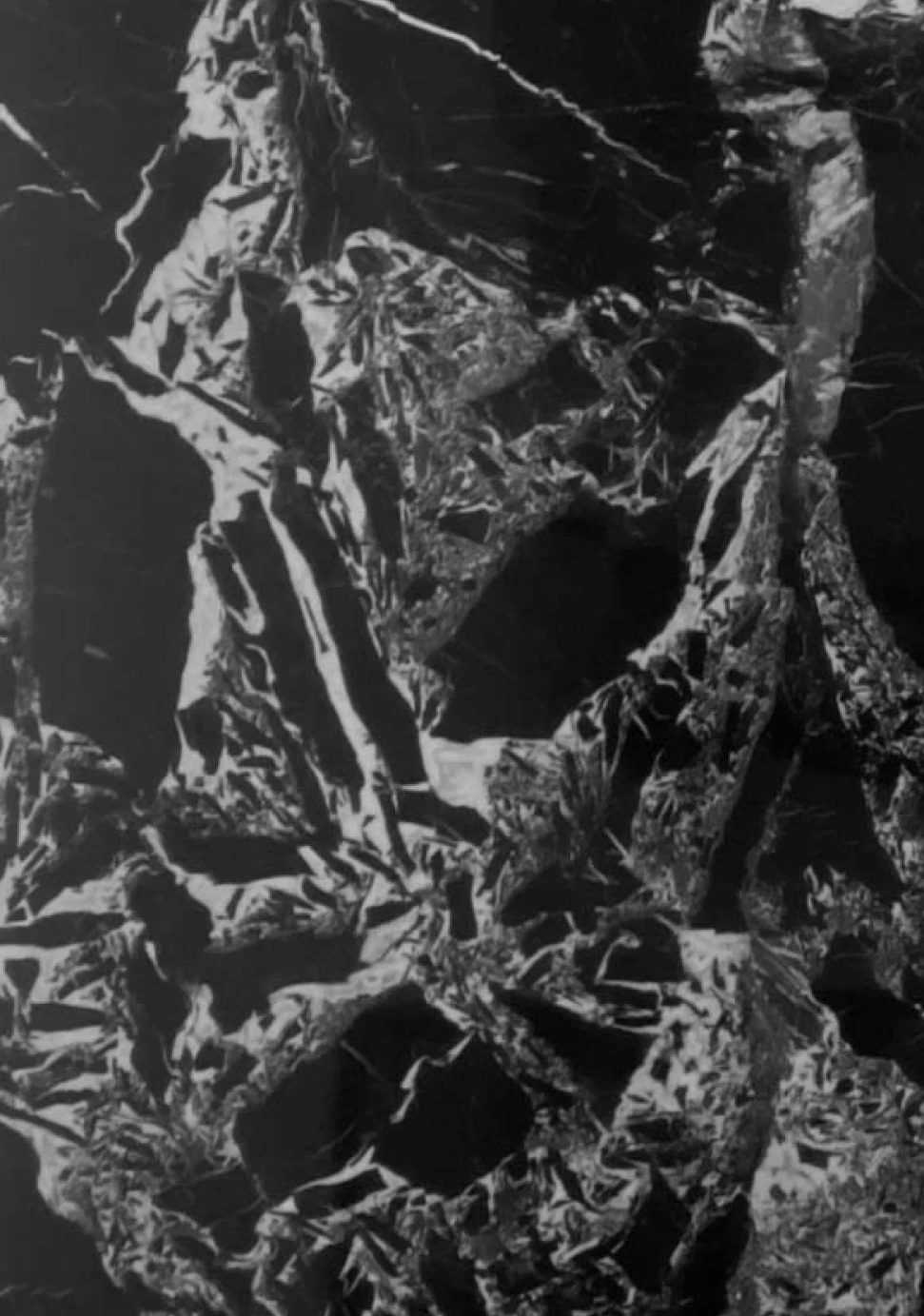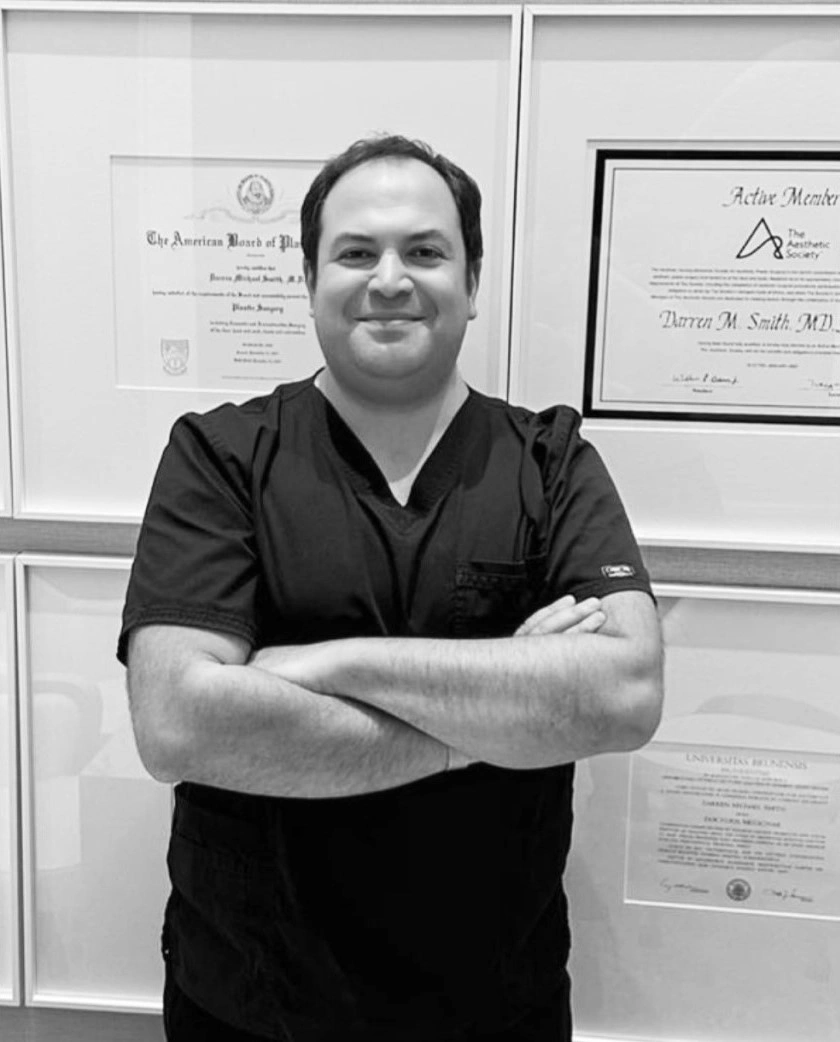Darren M. Smith, MD, FACS


Realize Your Aesthetic Vision for Your Face, Breasts, and Body with New York's Premier Plastic Surgeon
Don’t just dream about your ideal look – let us make it your new reality.
With surgical mastery and finesse, Dr. Darren Smith helps patients achieve their aesthetic ideals through his signature customized procedures.
His elite training, keen aesthetic eye, and dedication to personalized care make him one of New York’s most sought-after surgeons.
Dr. Smith applies his skills as a master surgeon to each case and every transformation.
Awaken your inner beauty and self-assurance through the refined art of aesthetic surgery. The possibilities are endless in the expert hands of Dr. Darren Smith.

Body Contouring and Liposuction
Discover your inner masterpiece through Dr. Smith’s body sculpting artistry. With a surgeon’s eye for aesthetics and cutting edge techniques including BodyTite, VASER, and more, he reveals each patient’s ideal figure obscured by loose skin and stubborn fat. A widely-respected expert in the field, Dr. Smith educates plastic surgeons around the world with his lectures, peer-reviewed journal articles, and book chapters on advanced liposuction, body contouring, and mommy makeover techniques.
Bespoke Beauty, Unparalleled Results
Every individual is a unique canvas. Our journey together begins with an intimate consultation, where we listen to your desires and guide you through your unique transformation.
Dr. Smith targets problem areas with surgical precision, achieving a natural transformation. Driven by precise skills and meticulous attention to detail, he offers personalized treatments that sculpt your body and enhance your confidence.
A Luxurious Journey, A Seamless Experience
Your time with us will be smooth and gratifying from start to finish. With our attentive staff, every step you take is guided with unerring precision and unwavering support – tailored to your goals and desires.
In our tranquil, spa-like Ritz tower offices, you are the center of everything. Feel empowered, informed, and pampered as you experience your transformation.

Facial Procedures
Reveal your timeless beauty. Dr. Smith leverages his specialized training in both cosmetic enhancements and reconstructive surgery to rejuvenate the face holistically.
Dr. Smith is one of the only plastic surgeons in the nation to have completed an advanced craniofacial surgery fellowship in addition to an aesthetic surgery fellowship. This background gives him a unique perspective from which to approach your facial plastic surgery procedure.

Enjoy:
Refined facial symmetry and balance, with a more harmonious and proportionate appearance that enhances your natural beauty and gives you a confident, radiant look.
Realize:
Restored skin health and radiance, with a more even skin tone and a reduction in fine lines and wrinkles, allowing you to look and feel your best.
Reveal:
A more relaxed and calm appearance, with a reduction in visible signs of stress and anxiety, and an overall sense of well-being and tranquility that allows you to feel confident and at ease in any situation.

Project:
A more radiant, youthful appearance, with a fresh and vital look that belies your true age, and a sense of renewal that permeates every aspect of your being.
You’ll turn heads with your fresh, lively appearance. Only the best for The World's discerning clients.
Schedule Your Consultation
Breast Procedures
Dr. Smith brings an artistic eye and a delicate touch to his suite of breast enhancement options. Whether you seek added fullness, a lifted look, or restored comfort, he listens to your vision and makes it a reality.
Dr. Smith’s dedicated aesthetic surgery fellowship training at Manhattan Eye, Ear and Throat Hospital, considered by many to be the finest in the world, provides context for your stunning transformation.
Experience:

Non-Surgical Procedures
Venture into the realm of beauty and wellness with our state-of-the-art non-surgical treatments.
Whether it’s reviving your skin’s youthful vibrancy, sculpting your body without the scalpel, or enhancing intimate wellness, our offerings are the crème de la crème in the medspa industry.
Experience the luxury of transformation without the downtime.
Find:
Meet Dr. Darren Smith - Renowned Expertise, Skilled Aesthetic Artistry
With elite training under revered industry leaders, Dr. Smith represents the pinnacle of aesthetic surgical skill. He earned his medical and undergraduate degrees from Brown University’s elite combined college and medical school program, and then completed the top plastic surgery residency in the nation at UPMC.
After an acclaimed craniofacial fellowship at Toronto’s Hospital for Sick Children, Dr. Smith was hand-selected for the unparalleled aesthetic surgery fellowship at Manhattan Eye, Ear and Throat Hospital.
This rare dual subspecialty expertise provides him with extraordinary surgical judgment and technical mastery. Dedicated to advancing the art of aesthetic surgery, Dr. Smith brings patients the latest enhancements for transformative outcomes.
Contact our Manhattan office to meet with a globally recognized surgeon at the forefront of cosmetic procedural innovation and artful surgical aesthetics.





